
Key Takeaways:
- Telegram, Instagram, and TikTok are actively expanding their capabilities to attract businesses and creators – with some strategies doing better than others.
- Whether selecting to reach customers through Telegram’s gaming approach, Instagram’s “ad breaks,” or TikTok’s integrated storefronts, there is an opportunity for brands and content creators to leverage these business-oriented features for growth.
- The use of AI-generated designs, as seen in the collaboration between Baggu and Collina Strada, has sparked backlash from consumers around the ethical and environmental ramifications of using AI. Brands will need to be transparent about their use of AI tools, ensure proper attribution of artistic work, and address environmental impacts to maintain consumer confidence.
The golden age for advertising on social media
In its pursuit of a billion active users – as well as profitability – the popular messaging platform Telegram has introduced numerous business-oriented features over the past year. These include options for small businesses to display their location and opening hours, create custom start pages, set predefined greeting and away messages, and integrate chatbots for better business interaction.
It’s important to understand that Telegram, along with being a messaging service, is in the middle of a crypto gaming craze, driven by tap-to-earn games that have attracted millions of players via “mini apps.” This week, Telegram announced that it has rolled out updates to minimise mini apps into a compact bar, enabling users to rapidly switch between multiple open mini apps; that content creators can now monetise their channels with paid photos and videos; and that their “Stories” feature now can include searching by hashtag or location.
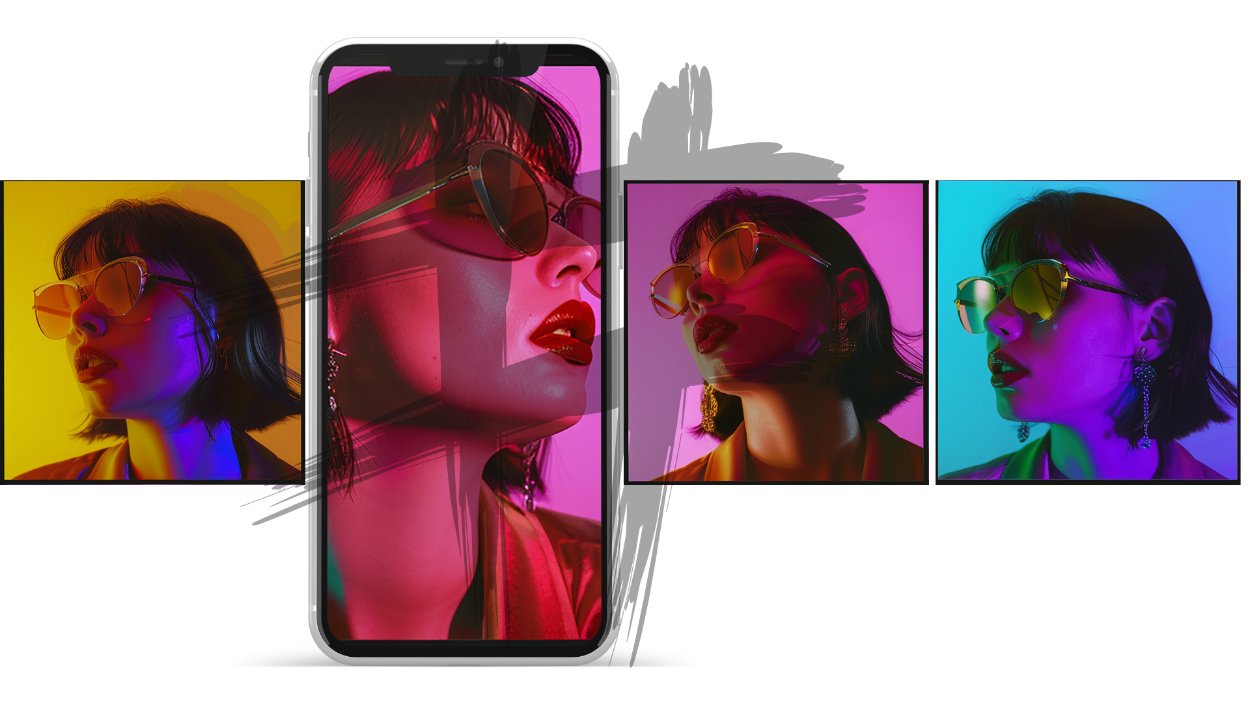
This expansion to paid content follows Telegram’s launch last month of a digital currency called Stars for in-app use on digital goods, that now can be converted into Toncoin — a cryptocurrency Telegram uses over The Open Network (TON) blockchain. Alternatively, creators can use Stars to get discounts on ads through which they can promote their channels. Telegram wrote in an announcement post: “Telegram takes practically no commission from transactions in Stars, so only taxes and payment system fees will apply. When you transfer Stars into your Telegram Ad account, Telegram even adds a 30% discount to cover all third-party payment system fees.”
This could certainly incentivise developers to build digital products on Telegram, because if developers reinvest Stars in promoting their app, the overall commission will be “nearly 0%.” As a result, launching apps on Telegram makes more economic sense than launching traditional mobile apps. “Future updates will bring extra features and functionality to Stars – like gifts for content creators and more,” Telegram said in its Stars announcement post.
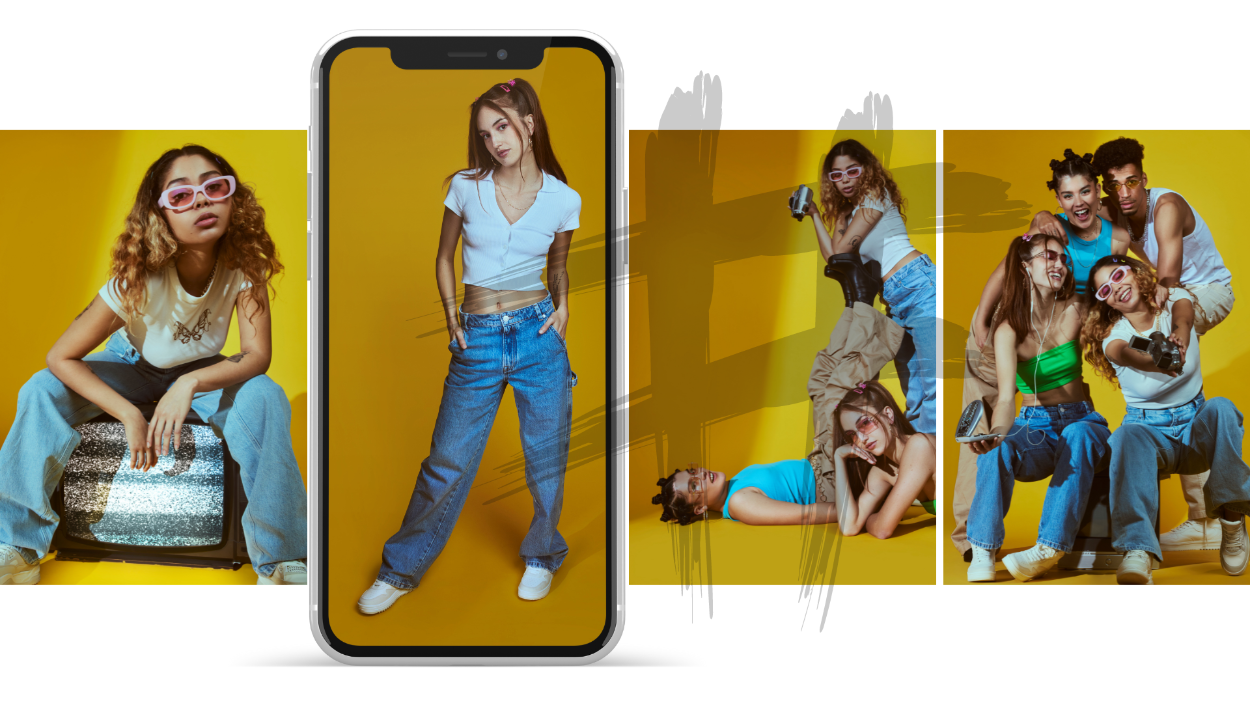
Telegram has achieved success with Notcoin (NOT), a highly popular app on the platform, that attracted 35 million users in its first five months. Notcoin allows users to earn NOT tokens by completing various social challenges. According to the company, over 500 million users are now engaging with mini apps. With the platform previously reporting around 900 million total users, this indicates that more than half have interacted with apps developed using Telegram.
These are some pretty big user numbers, especially when it seemed like the cryptocurrency bubble had burst. Is there an opportunity here for fashion brands and content creators to capitalise?
There could be, especially as other platforms become more pushy with their in-app advertisements. Recently, some Instagram users have been disgruntled by unskippable advertisements that the company confirmed was in testing-phase. The new “ad breaks” display a countdown timer that stops users from being able to browse through more content until they view the ad. “We’re always testing formats that can drive value for advertisers,” a Meta company spokesperson told TechCrunch. It remains to be seen whether Instagram creators will have any control over the appearance of these ads, but Meta’s has shown its hand in its willingness to experiment with the app’s core user experience to boost ad revenue.
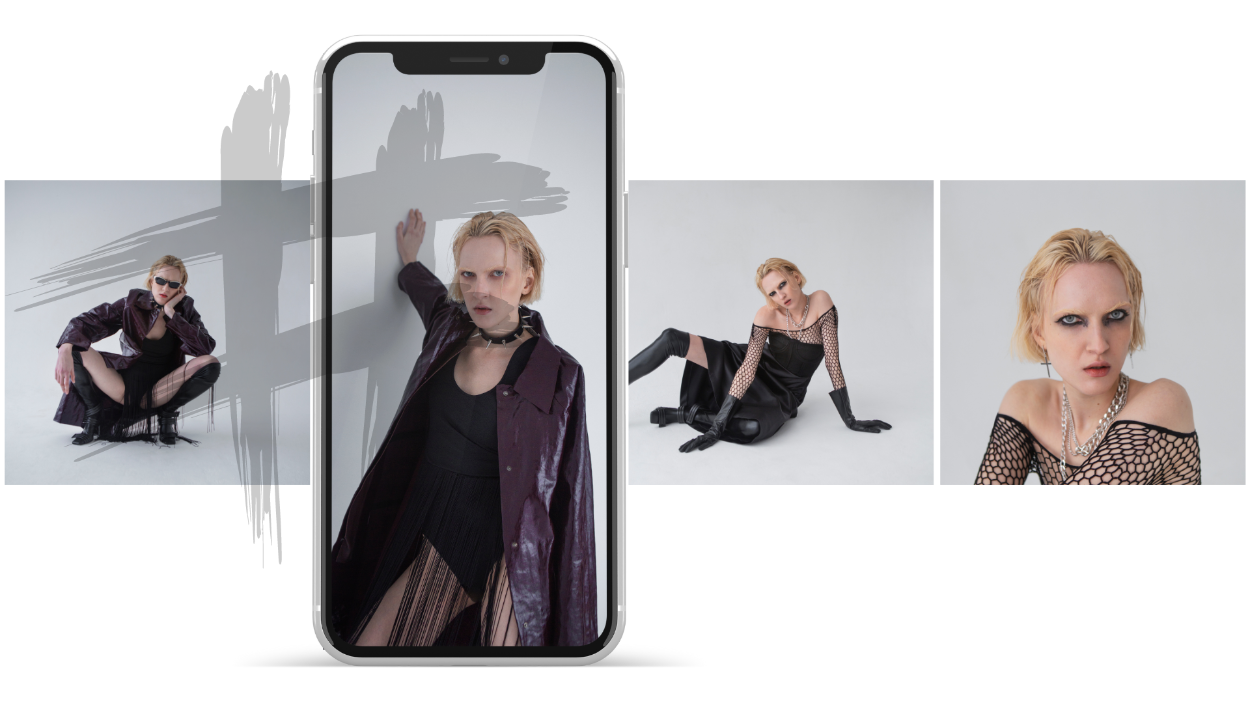
Of course, not one to be left out of any conversation about social media, TikTok has been building out its opportunities for brands and content creators. This week, influencer marketing platform Captiv8 announced an expanded partnership with the company, that will strengthen Captiv8 and TikTok’s “shared commitment to advancing the creator economy and delivering lower-funnel advertising goals to maximise the earnings potential for brands and creators.”
This partnership comes on the heels of Captiv8’s launch of the “Branded Storefront” platform, which enables creators to manage all their content from a single storefront rather than using multiple affiliate links across various platforms. With the integration of TikTok Shop, the Branded Storefront platform aims to elevate social commerce, expanding the marketing funnel and benefiting both brands and creators. “As the cornerstone of TikTok Shop, creators and brands play a pivotal role in driving sales, and Captiv8 aims to offer capabilities to empower both groups,” the company said. “Captiv8’s integration with TikTok Shop leverages the influence of creators who are already engaging with specific brands and products, transforming discussions into commerce through shoppable content, affiliate partnerships, and seamless in-platform discovery and checkout – all in one click.”
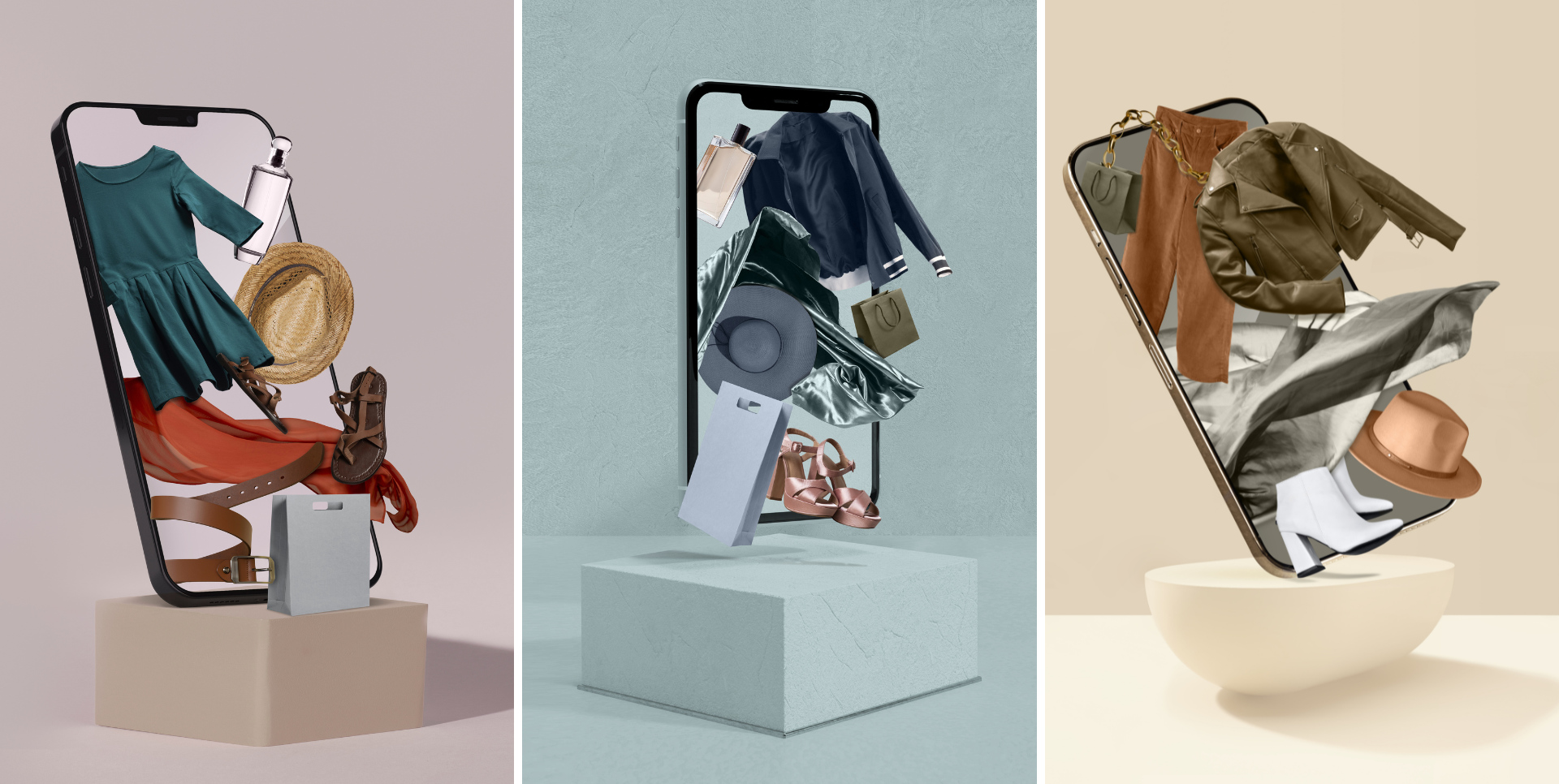
Whether it’s Telegram, Instagram, or TikTok – there has never been a better time to be a brand or content creator when it comes to social media.
The use of AI: a reason not to buy?
Baggu, the best-selling brand known for its reusable shopping bags, recently announced its collaborative collection with fellow US label Collina Strada. However, on the day the bags and accessories were scheduled for release, shoppers learned that two prints (“Blue Thorns” and “Boxer Plaid”) were created using the AI image generator Midjourney. The product pages included a brief disclaimer that the prints are “an AI-conceptualised print from Collina Strada’s SS24 “Soft is Hard” collection. The team used Midjourney as a tool to remix old Collina prints and drive them further. After they used Midjourney to mix two of their prints together, their graphics team transformed the concept into a repeat, inserting logos and adding new elements and layers to complete the print.”
This did not sit well with fans of the brands. Comments under a Collina Strada Instagram post soon were flooded with messages of disappointment, including “I will be cancelling my order” and “Using AI is unforgivable. Horrible for artists and even more importantly the environment. Hurts my heart but I will not be buying from Baggu anymore.” Another expressed: “AI isn’t welcome as long as it’s unregulated and unethical.”
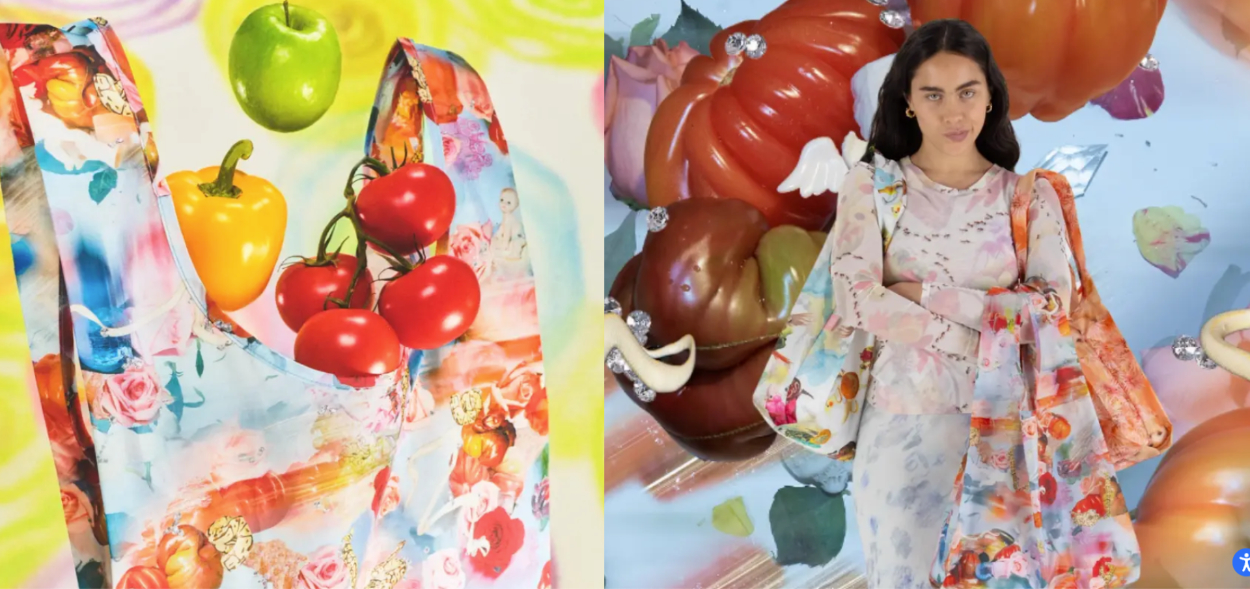
These touch on the range of criticisms raised on Instagram that, for the most part, included the brands’ absence of communication early on that they had used AI, ethical objections regarding AI tools using artists’ work without consent, and concerns about the environmental impact of generative AI. The latter linked specifically to Baggu and Collina Strada’s eco-friendly image. This concern is not unfounded, as evidenced by Google’s recent environmental report that showed a sharp increase in its greenhouse gas emissions. Why? Google has been expanding its AI capabilities at full-throttle over the past few years; integrating generative AI into Search and various other products. A trend mirrored by many of its industry counterparts.
Even though Google aims to reduce its carbon emissions by half by 2030 from a 2019 baseline, its total greenhouse gas emissions surged by 48% since then. In the past year alone, it generated 14.3 million metric tons of carbon dioxide, a 13% increase from the previous year. And Google isn’t alone… Microsoft also saw its greenhouse gas emissions climb by around 30% in its 2023 fiscal year compared to 2020.
With this latest development – what’s the consensus on AI? Is its acceptable use in the fashion industry limited to the few, and if so, who and in what circumstances?
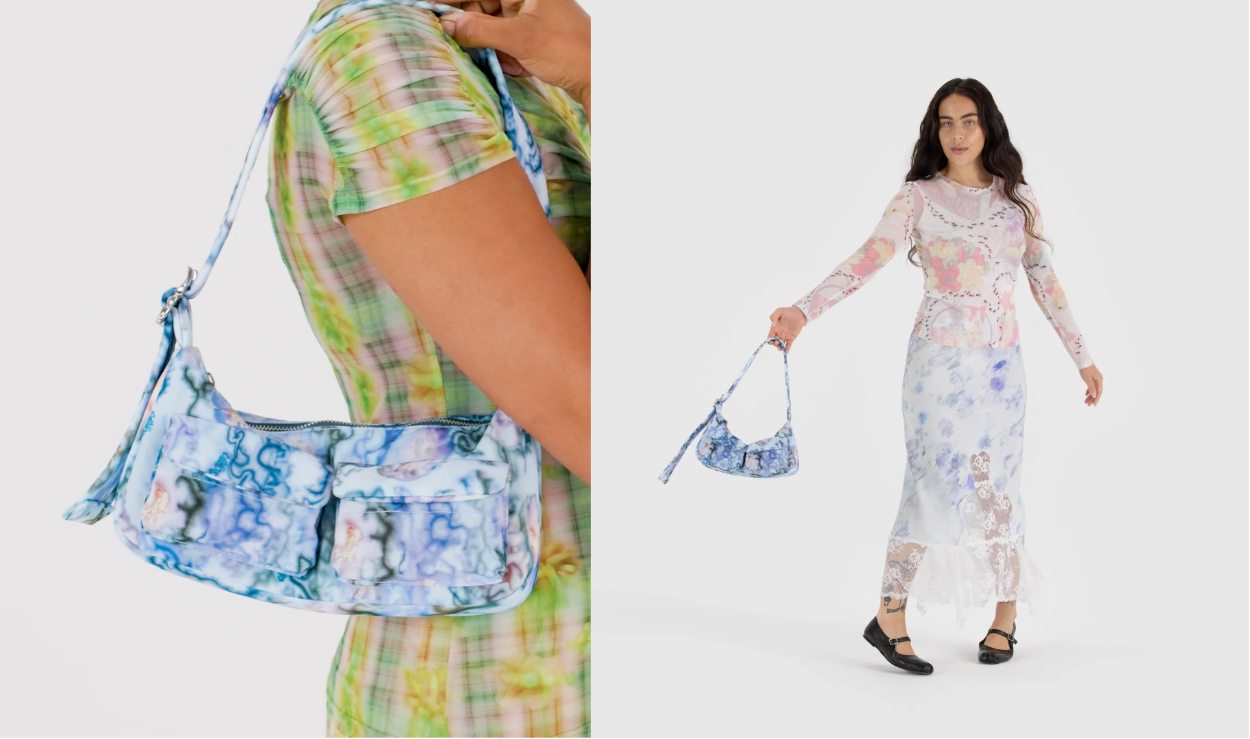
In this case, it could have been that fans of both Baggu and Collina Strada had a strong reaction because both characterise themselves as having high ethical and environmental standards, that should have led them to be especially cautious about using AI. Brands can learn from this. With the increasing adoption of generative AI, using it (in any capacity) must be done thoughtfully. This includes implementing strategies to ensure transparency, respecting intellectual property rights by avoiding replication of other artists’ work, protecting the creative contributions of their human designers, and actively minimising environmental impacts associated with AI use.
Some of these suggestions are easier than others. Brands can avoid possible replication of other artists’ work by inputting only their own designs into the AI software. It is more difficult when it comes to the environment, as all are responsible, but larger brands and fashion businesses should be held to the highest standards of accountability because of their impact- whether claiming to be sustainable or not.
This is a snippet of the broader conflict between the future being spearheaded by the biggest tech companies – operating on a “move fast and break things” basis – and the path towards a more sustainable and ethical fashion industry; one that involves as-yet-unanswerable questions around ownership, attribution, creativity, and who gets to do what when it comes to AI.
Best of The Interline
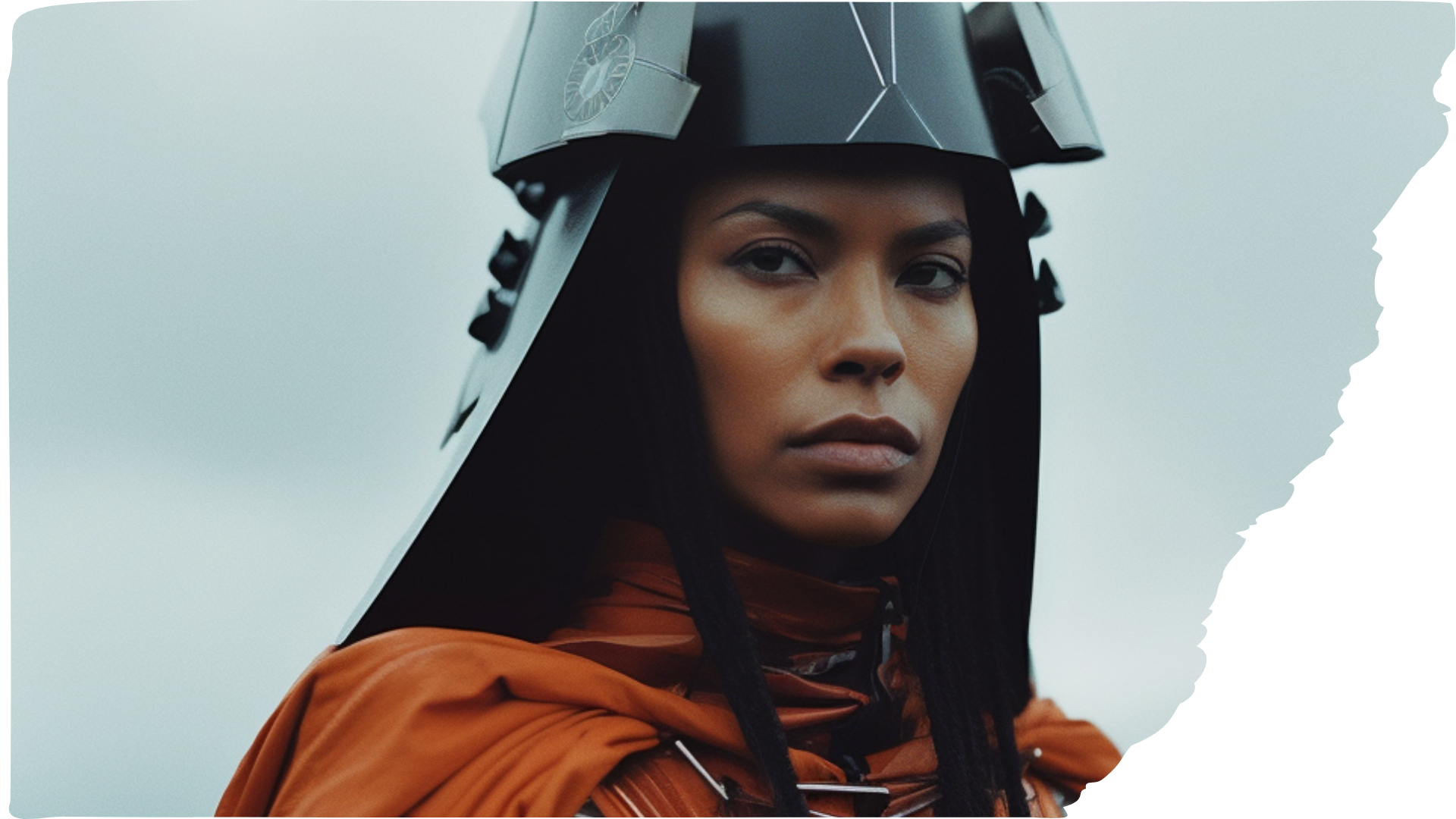
Originally published in our recent AI Report 2024, Aasia D’Vaz-Sterling unpicks the issues around equity, diversity and inclusion when it comes to AI. She asks: can AI break down fashion’s barriers, or will it entrench existing biases?
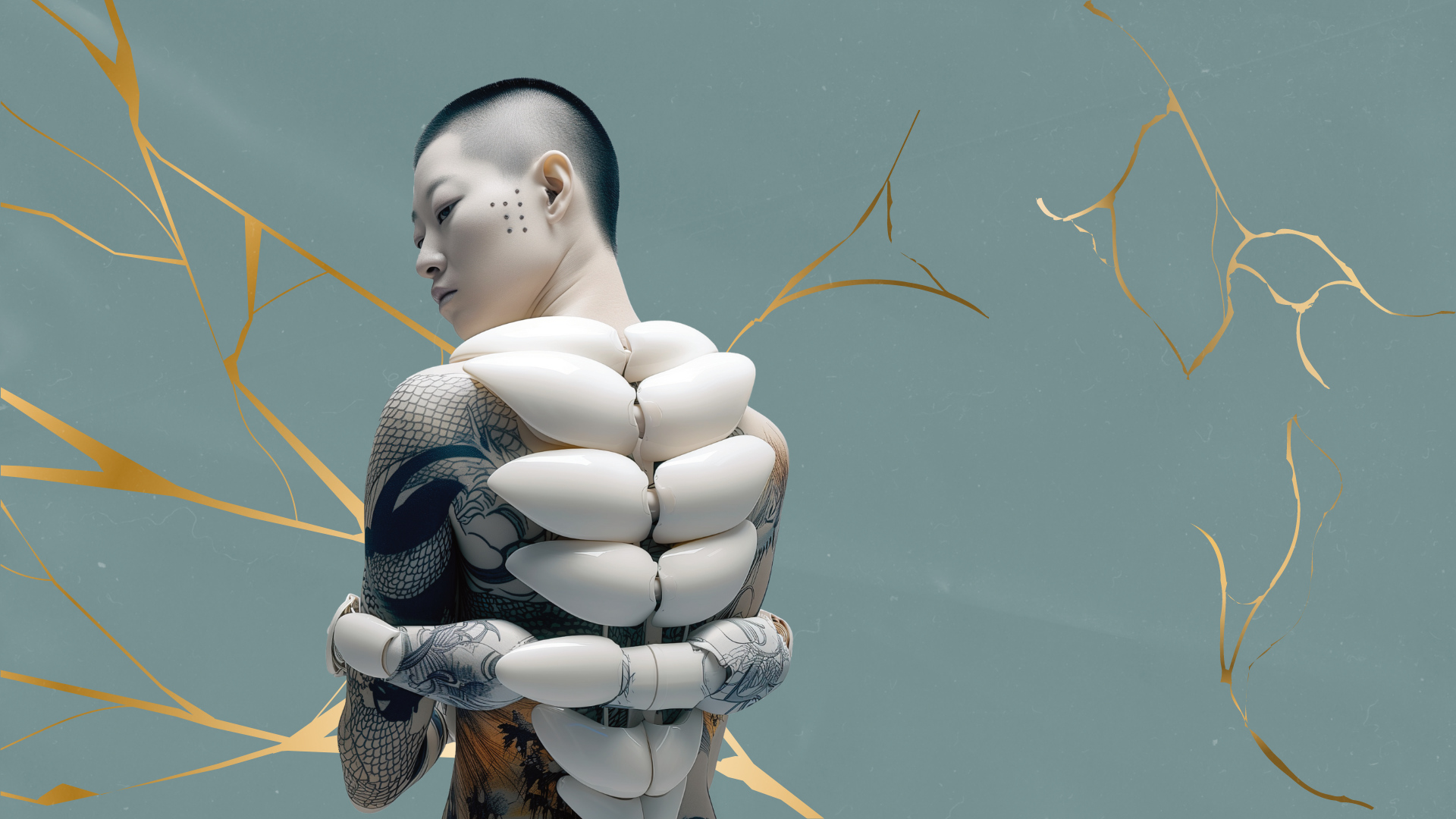
We talk to Baris Gencel, Artist, and Group Director of Digital Transformation at Lanvin Group – and the designer behind The Interline’s AI Report 2024 cover art.

NewArc.ai’s Co-founder discusses the parallels between AI adoption across fashion, automotive and industrial design – and how NewArc is creating AI applications that have deep domain capabilities necessary for fashion.
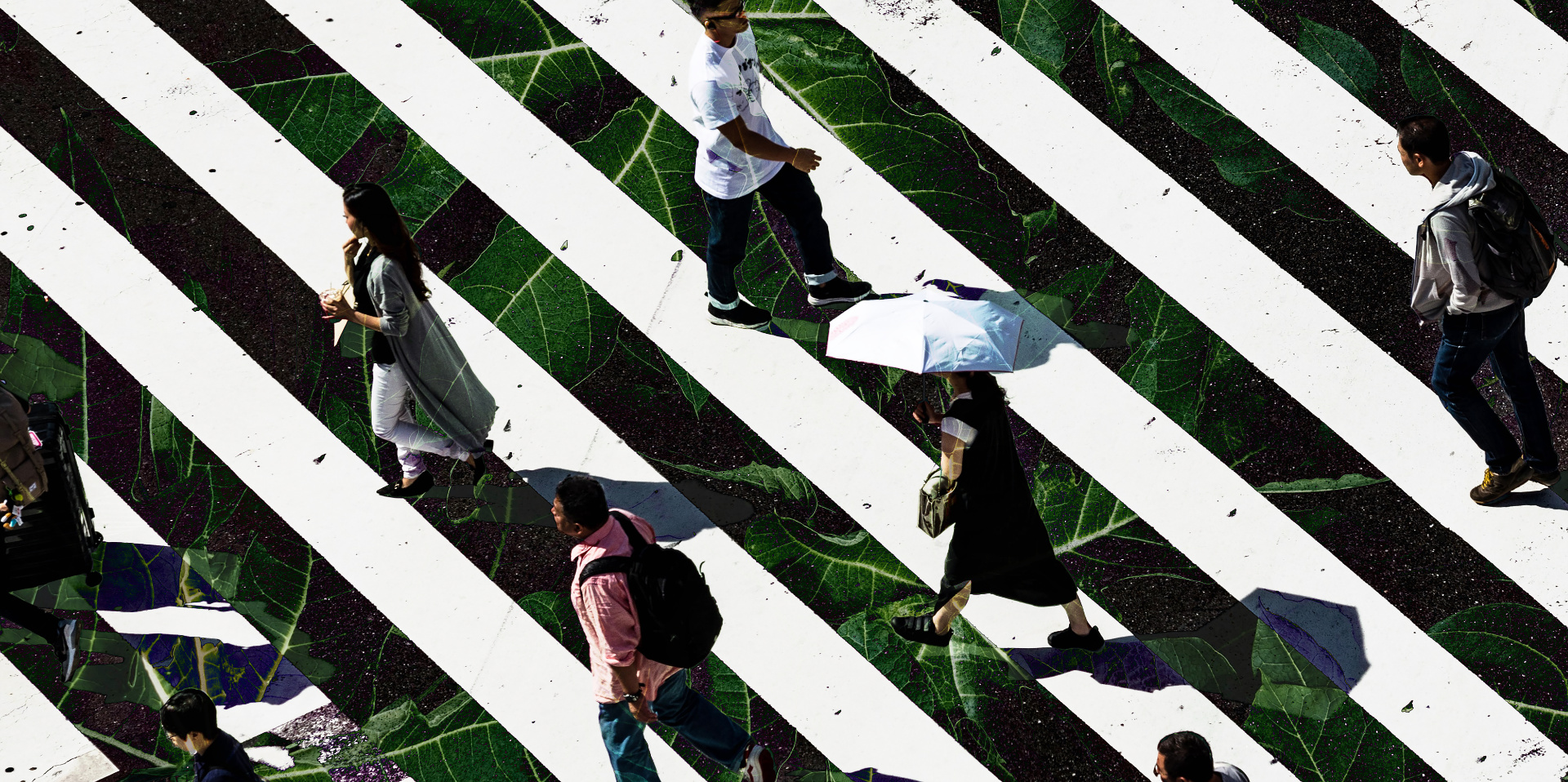
Ahead of the September’s edition of MUNICH FABRIC START (MFS), THE SOURCE, BLUEZONE and KEYHOUSE, we take a look at how this year’s event is addressing the turbulence and radical changes our industry has experienced in the past few years.

